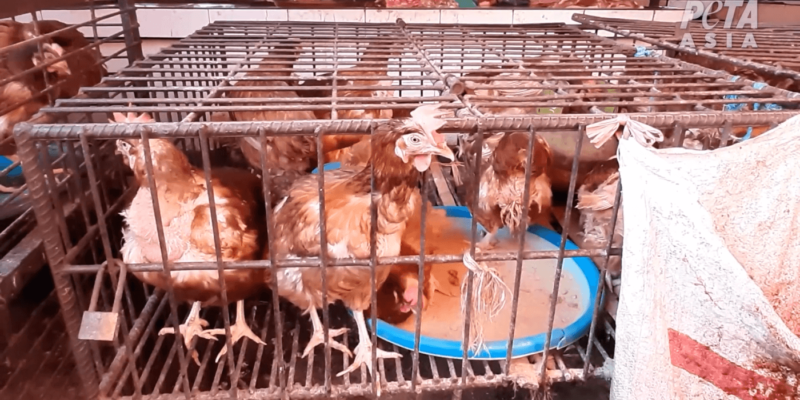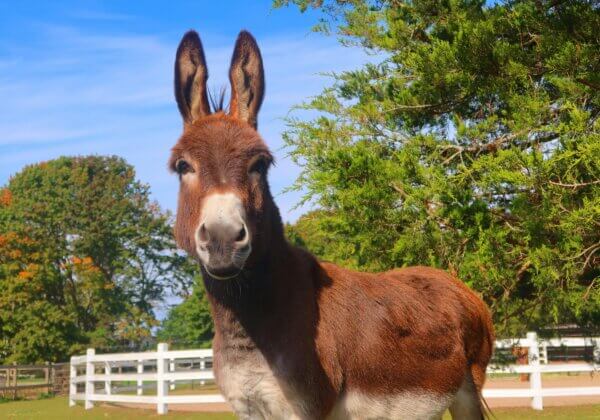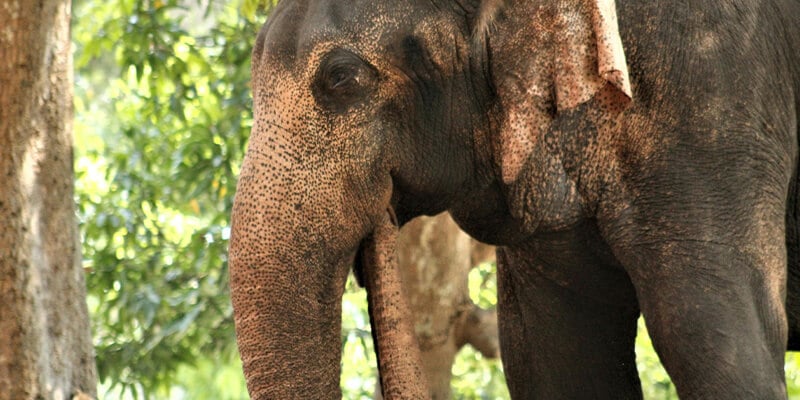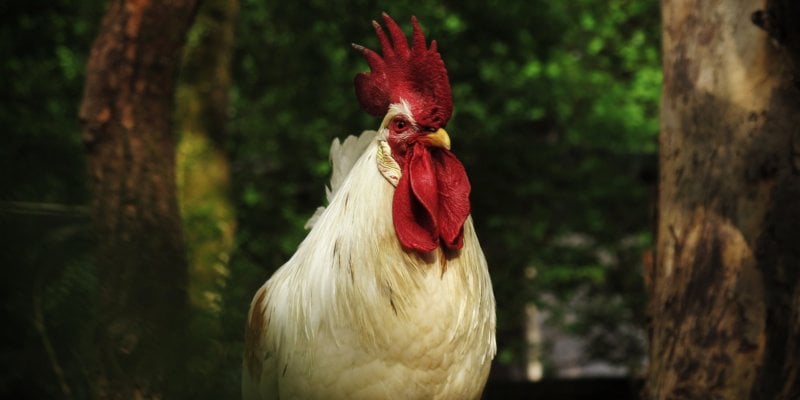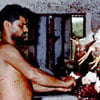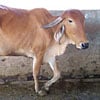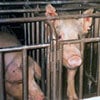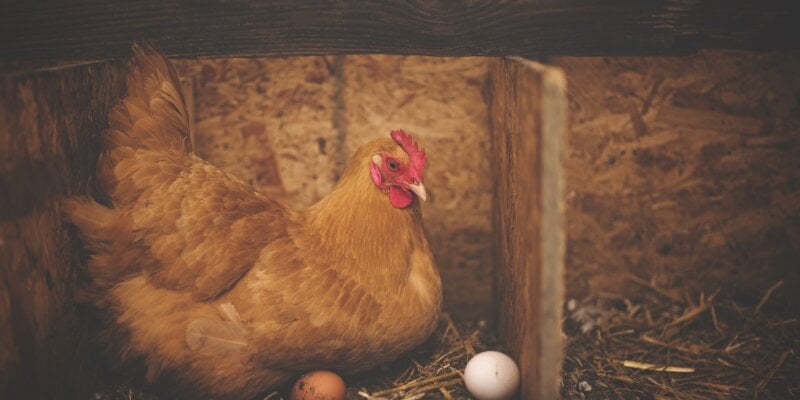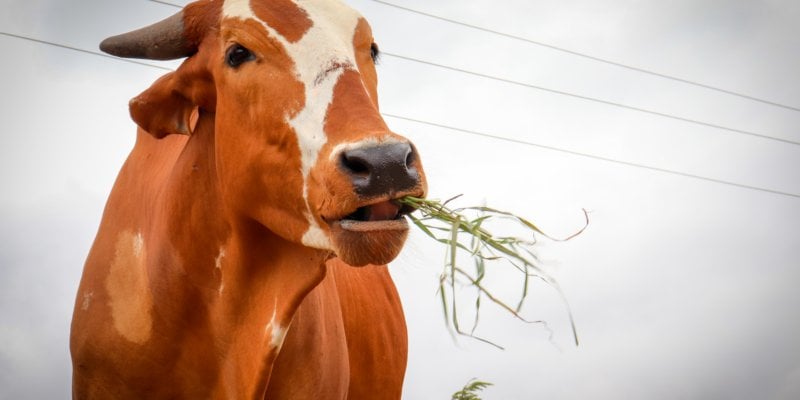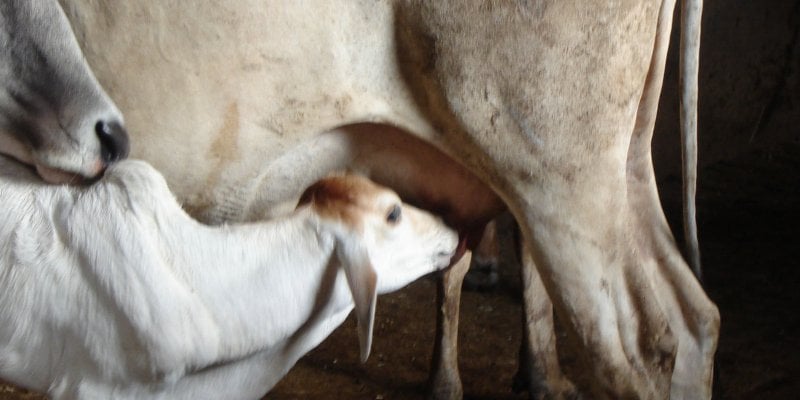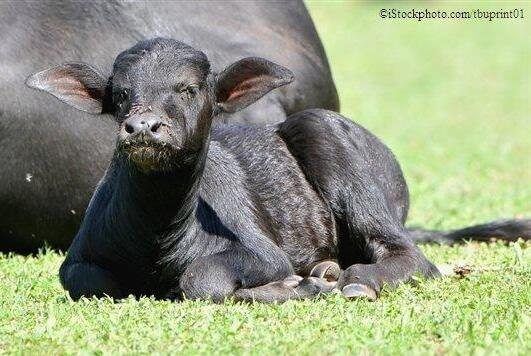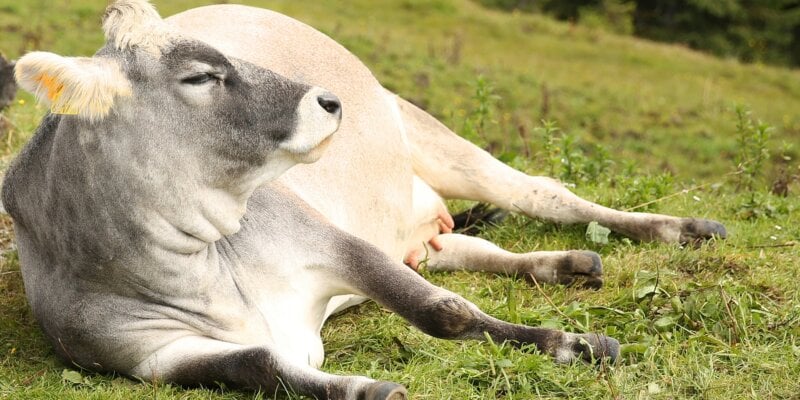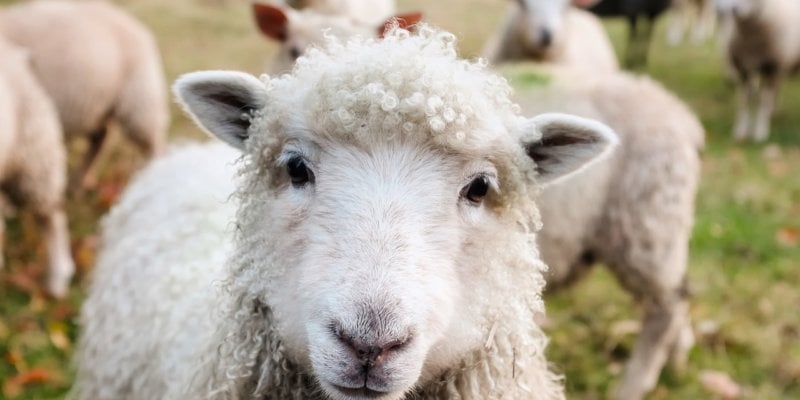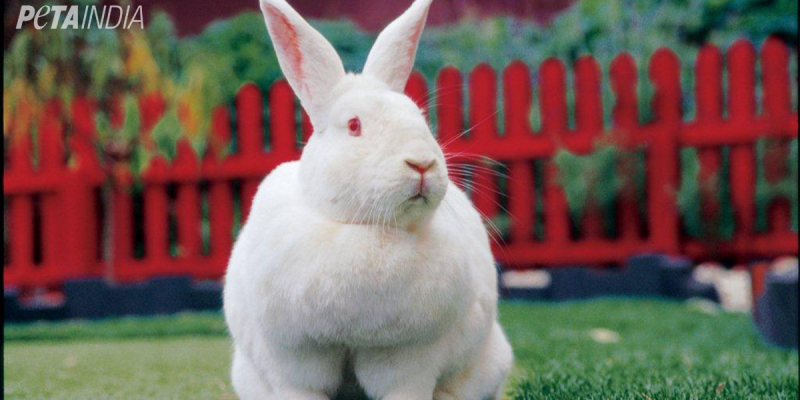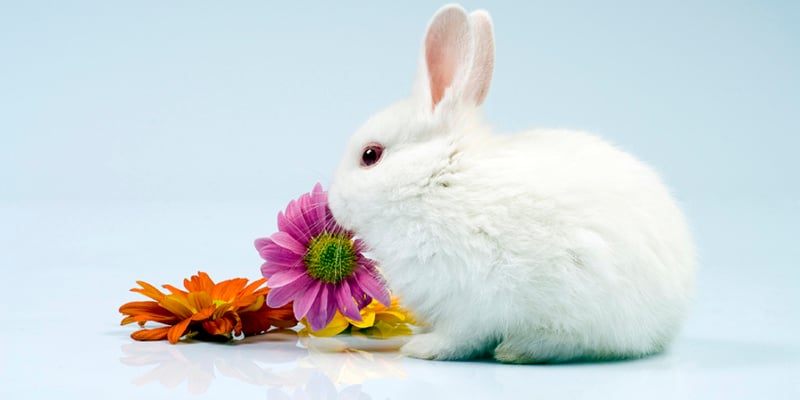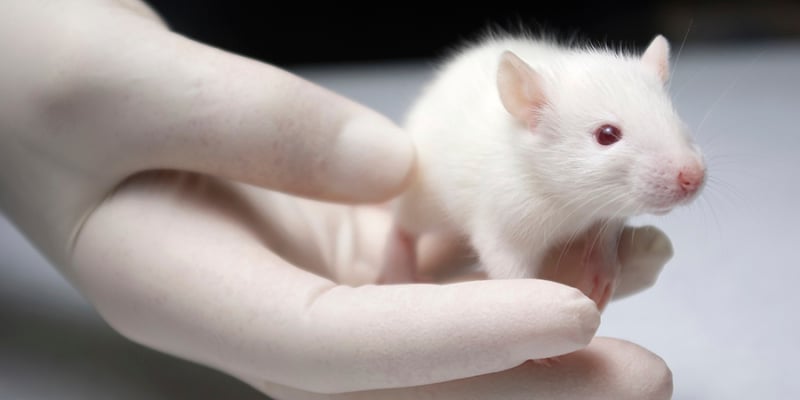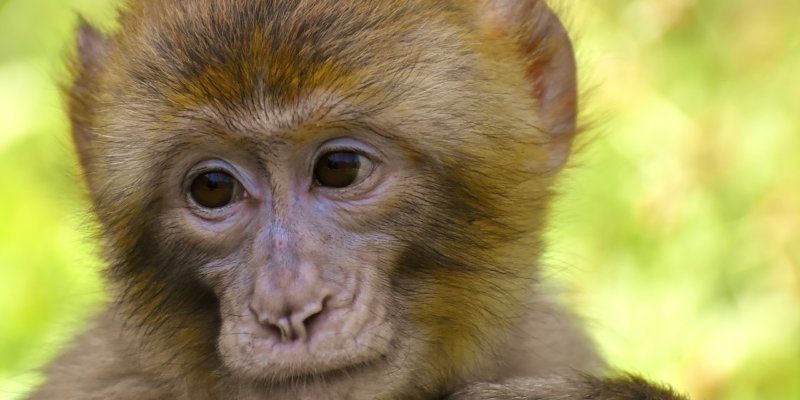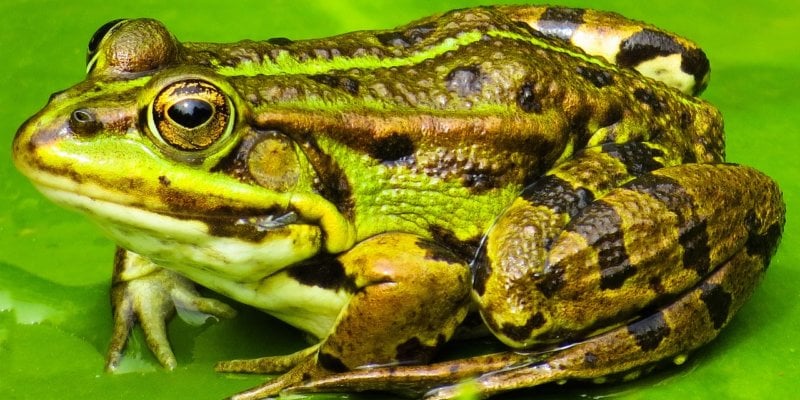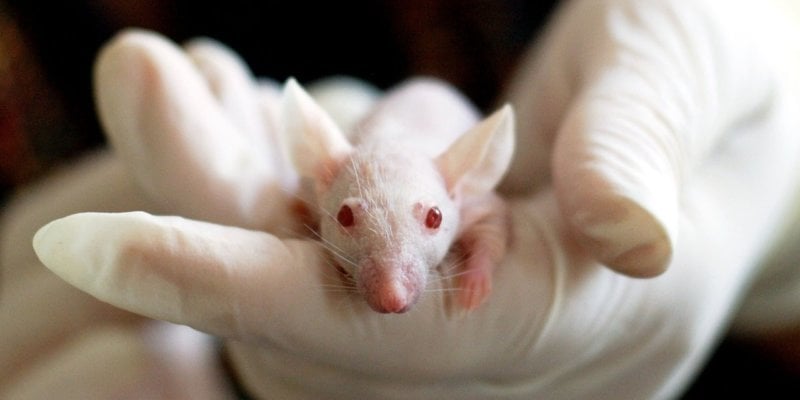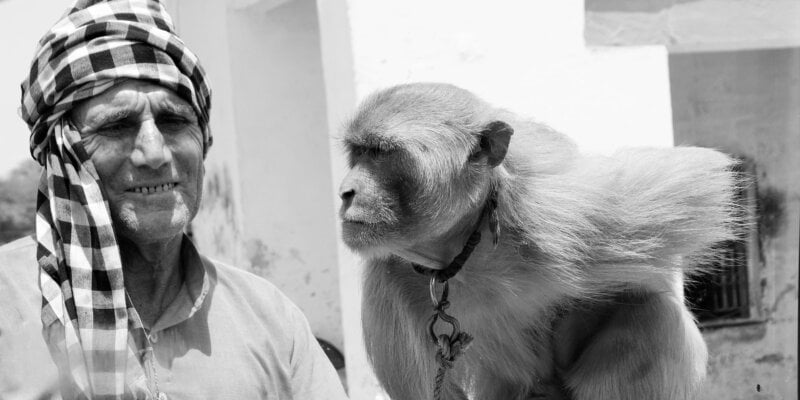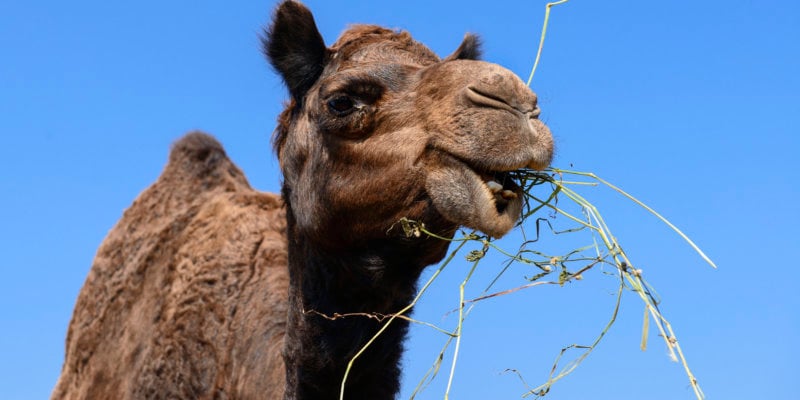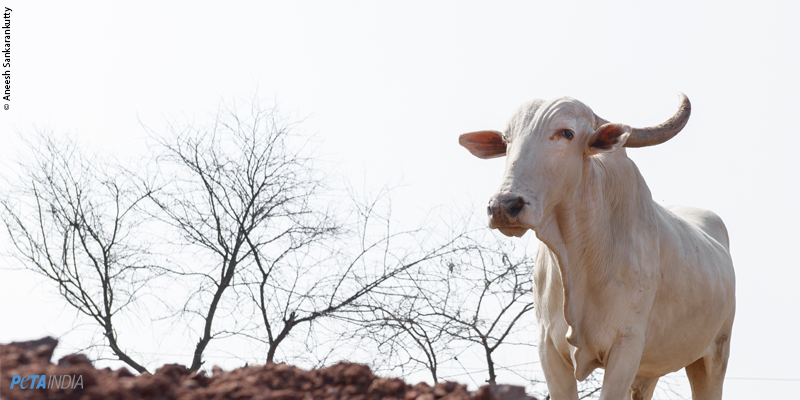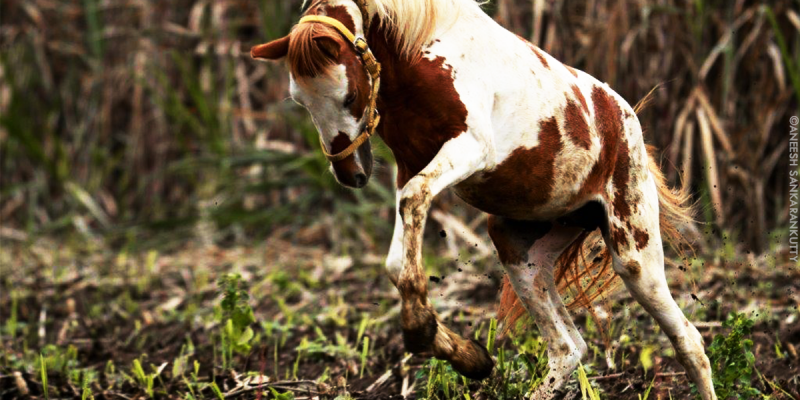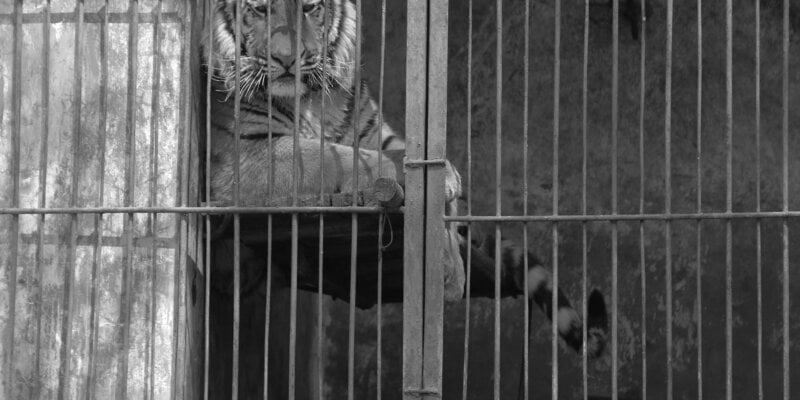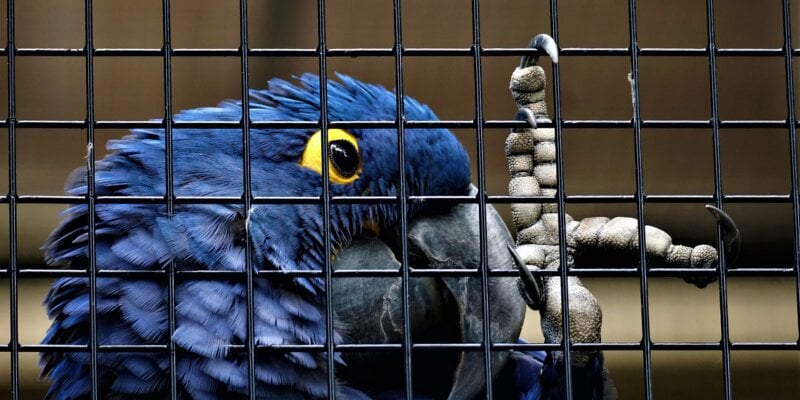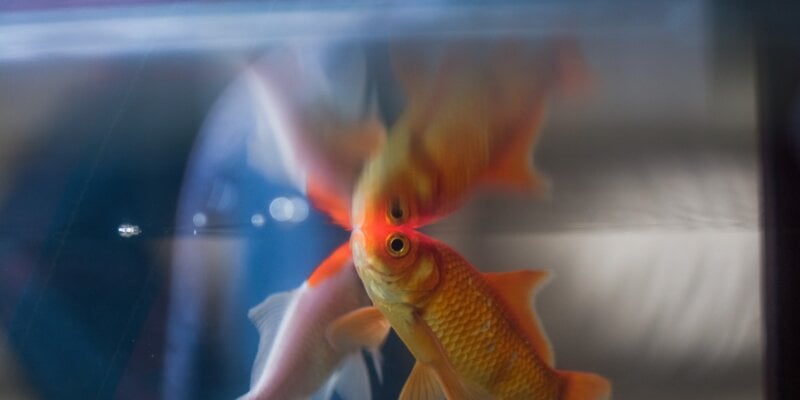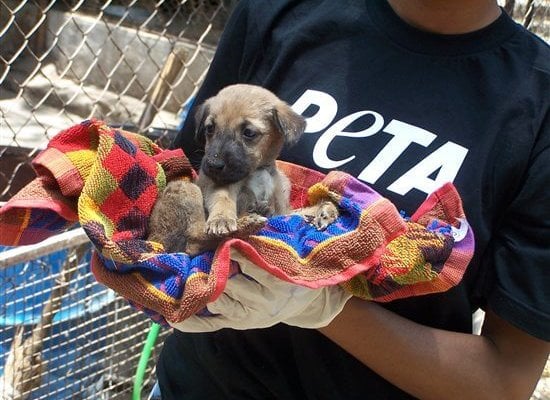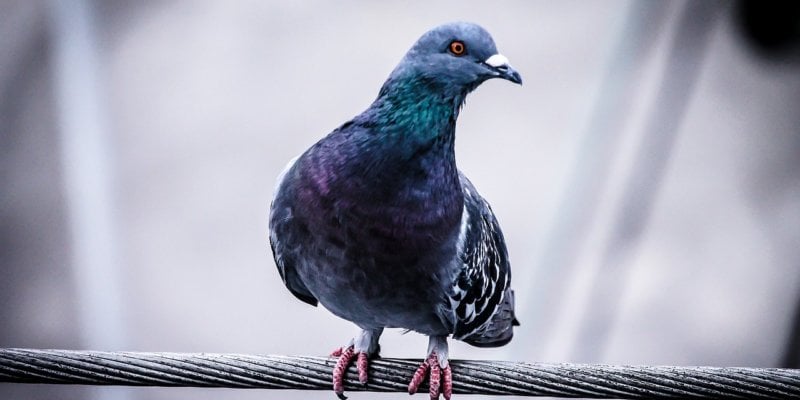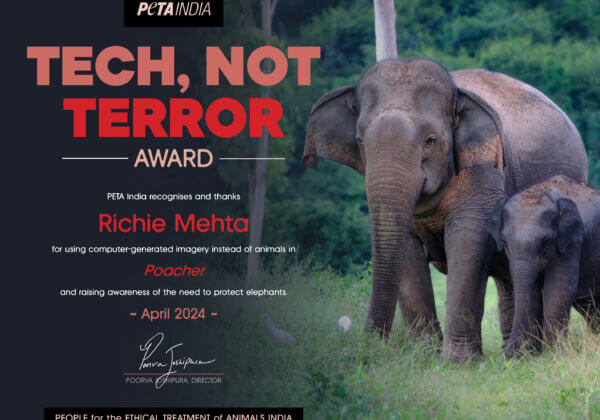What Happens to Chickens?
Hundreds of thousands of chickens and egg-laying hens live in vast warehouses. Packing this many chickens together in filthy, extremely crowded conditions causes farms to be rife with diseases, including bird flu. To increase profits, farmers drug and genetically manipulate chickens; as a result, many birds suffer from painful, crippling bone disorders and spinal defects. Seven or eight egg-laying hens are confined to one cage. Their wings atrophy from disuse, and their legs and feet grow twisted and deformed from standing on the slanted bottoms of their wire cages.
Chickens in factory farms have their beaks cut off and are given drugs that make them grow so large that they often become crippled under their own weight.
When kept in such large numbers, chickens vent their stress and frustration by pecking at one another. To reduce losses, egg farmers use hot blades to cut off chicks’ beaks just hours after the birds hatch. The procedure, which requires cutting through tender tissue similar to the flesh under human fingernails, is so painful that many chicks die of shock. Some die of starvation when eating becomes too painful. Every year in the egg-laying industry, millions of newly hatched male chicks – who cannot produce eggs – are thrown into garbage bags or grinders to suffocate or be crushed or hacked to death.
Packing thousands of chickens together in filthy, extremely crowded conditions causes farms to become rife with diseases, including bird flu.
When the time comes for slaughter, chickens are packed into lorries and transported to the abattoir in all weather extremes. They often suffer broken wings and legs, and many die before they even reach their final destination. At the abattoir, their legs are forced into shackles, their throats are cut and they are dropped into tanks of scalding-hot water for feather removal. Many chickens’ necks miss the throat cutter, so they end up being scalded to death.
If they are not kept on factory farms, chickens may be kept in live-animal markets. A visit to your local chicken stall will reveal birds kept in rusted and poorly maintained wire cages, called “khokhas”, which are usually filthy and rarely contain food or water. The birds are crammed together so tightly inside these tiny, filthy cages that disease spreads rapidly. When they are sold, their throats are cut while the other birds watch in terror. Some chickens may spend months in these miserable conditions before they are finally sold and killed.
What They Do Not Tell You About Chickens
Chickens are inquisitive and interesting animals whose intelligence in some cases surpasses that of small children. When in their natural surroundings – away from factory farms – they form friendships and social hierarchies, recognise one another, develop pecking orders, love and care for their young and enjoy a full life that includes dustbathing, making nests and roosting in trees. Read more about chickens.




